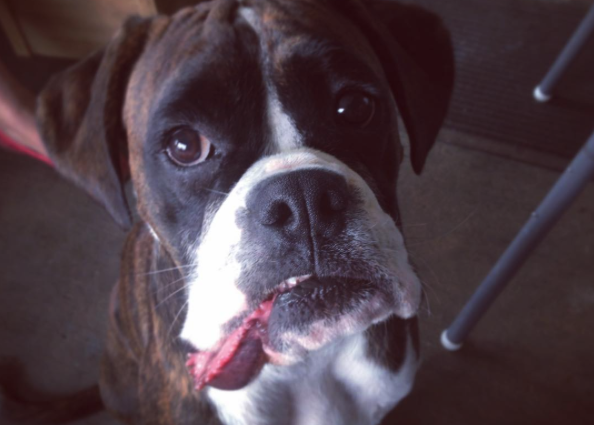Stinging, biting insects are a part of summer we could all do without, but chances are, if you and your dog spend time outside, you will encounter one. Dogs are very curious by nature and often have their faces and mouths in places they do not belong. Some dogs are even tempted to snap at wasps and bees and are stung inside their mouths.
A bee or wasp sting is usually not a very big deal to most dogs. It is uncomfortable and probably will be itchy as it heals. Sometimes these things become infected and require a visit to the vet as times goes on.
The only truly scary and life-threatening consequence is if your dog is allergic to bee stings. In these cases, it is best to act quickly. Anaphylactic shock can result and cause respiratory distress and collapse. Affected dogs start to show signs of distress within just a few minutes of the sting. These patients definitely need emergency treatment by a veterinarian. Fortunately, this severe reaction is not very common among our dogs and because of the rarity, there are very few statistics available.

Aside from the immediate emergency reaction if you think that your dog has been stung by an insect, it is best to contact your veterinarian for advice on how to proceed. Most stings will not be life-threatening, but could be made more comfortable to your dog with appropriate veterinary care. If you do not think it is severe enough to even warrant a phone call, you can try to clean the area carefully (remove the stinger if you see one) and place ice on the sting to prevent swelling. If your dog is very sensitive about you handling and examining the area, stop for your own safety and call your vet. The wound care might require a mild sedative to effectively treat it.
Don’t let fear of stinging insects keep you and your dog from enjoying the summer. Not every bee or wasp you see will sting you and truly severe reactions are rare. If your dog does have a severe reaction, he is at greater risk of a reaction any time he is stung, but after treatment, your vet can equip you for how to handle any sting in the future for your dog’s safety and yours.
Follow the convFURsation on Facebook, Kathryn Primm, DVM.

